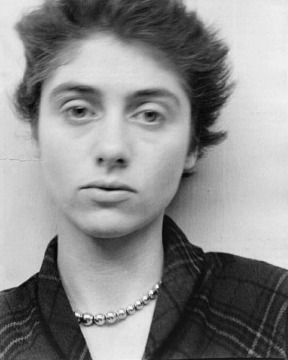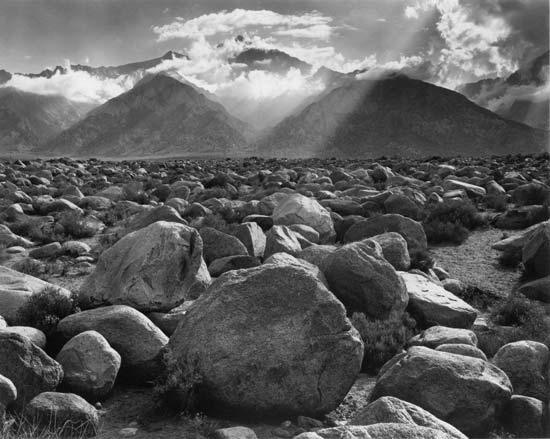Application
Portraiture : the creation of any portrait, an artistic representation of a person. (wikipedia)
 |
| Diane Arbus |
 |
| Walker Evans |
 |
| Richard Avedon |
 |
| Tony Vaccaro |
 |
| Larry Clark |
A portrait is a painting, photograph, sculpture, or other artistic representation of a person, in which the face and its expression is predominant. The intent is to display the likeness, personality, and even the mood of the person. For this reason, in photography a portrait is generally not a snapshot, but a composed image of a person in a still position. A portrait often shows a person looking directly at the painter or photographer, in order to most successfully engage the subject with the viewer. (Wikipedia)
All these photogrpahers have different ways of capturing of their images, but they all come under the same style. Tony Vaccaro is mostly known for his photos that he captured in World War ||. When he wanted to capture a picture instead of capturing it in a way the person in the photograph wanted, he would capture the image in his way, in his opinion of the person. Vaccaro would want to capture the real nature of a person and not a 'staged pose' in a picture that people normally would be told to get in. Vaccaro was asked to do a portrait of Pablo Picasso, and while waiting to take a picture Picasso would do different poses similar to that of other photographers he had previous to Vaccaro. Vaccaro didn't like this so acted as if his camera had broken, Picasso lost this 'mask' that he seemed to have and at that moment Vaccaro captured the real emotion of Picasso.
 |
| Pablo Picasso |
Diane Arbus was a brilliant photographer, she liked her photogaphs to realistic and represent the person for who they were and not what they wanted to be put across as. Her work wasn't very recognized before her death in 1971. Some people said that the world wasn't ready for her style of photography. Arbus was around in the 1960's taking pictures of groups, families and events happening at the time, such as protest. It seemed as if she was capturing the 'ugly truth'. Although her work is now greatly appriceated at the time is was frowned apon and some people could not believe why anyone would want to hire her as a photographer. In 1971 at just the age of 48, due to depression she took her own life with pills and a razor blade. The following year MOMA showed her photography and it soon became one of the most popular exhibitions of the time. Her daughter also helped in the creation of a art book which was the best selling of the time. Arbus' work was questioned, a lot, and has forced us to question the morality of a photograph. What is it we're doing when we take a picture? and what gives us the right? One of Arbus' subjects (Susan Sontag) did a essay on Arbus in 1973 accusing her of nihilism.
Context
Portraiture has always been a very popular type of photography. With nearly every single human being having at least one picture of themselves. The very start of portraiture were paintings of very important people, such as kings and queens or other members of rich/royal families. When the first camera came out this was also used to take portraits of people and these were used in many different ways. Even today, with our modern technology people still pay good money to get their portrait done sometimes this is also availible in old styles. Many Portraiture photos of our time can be seen in lots of different places such as:
- Billboards
- Newspapers
- Peoples homes
- Galleries
- TV
- Internet
- Books
Techniques
There isn't really a technique to Portraiture, as there are so many different styles that you can do it in, from paintings to digital prints. With the old style camera a persons expression could feel more realistic and effective as they would of had to sit there a while to allow the slide to be changed and the photo to be taken, whereas digital camera of today have a almost sudden shutter time so as to capture the image straight away, therefore the person doesn't have to be posing for the picture for too long so the image/expression can seem fake or unreal. Old cameras would of processed there images in a dark room, where the light would be off and you would use different chemicals to get the photo to come out. Digital cameras allow for an instant image, which all you need to do it print.





